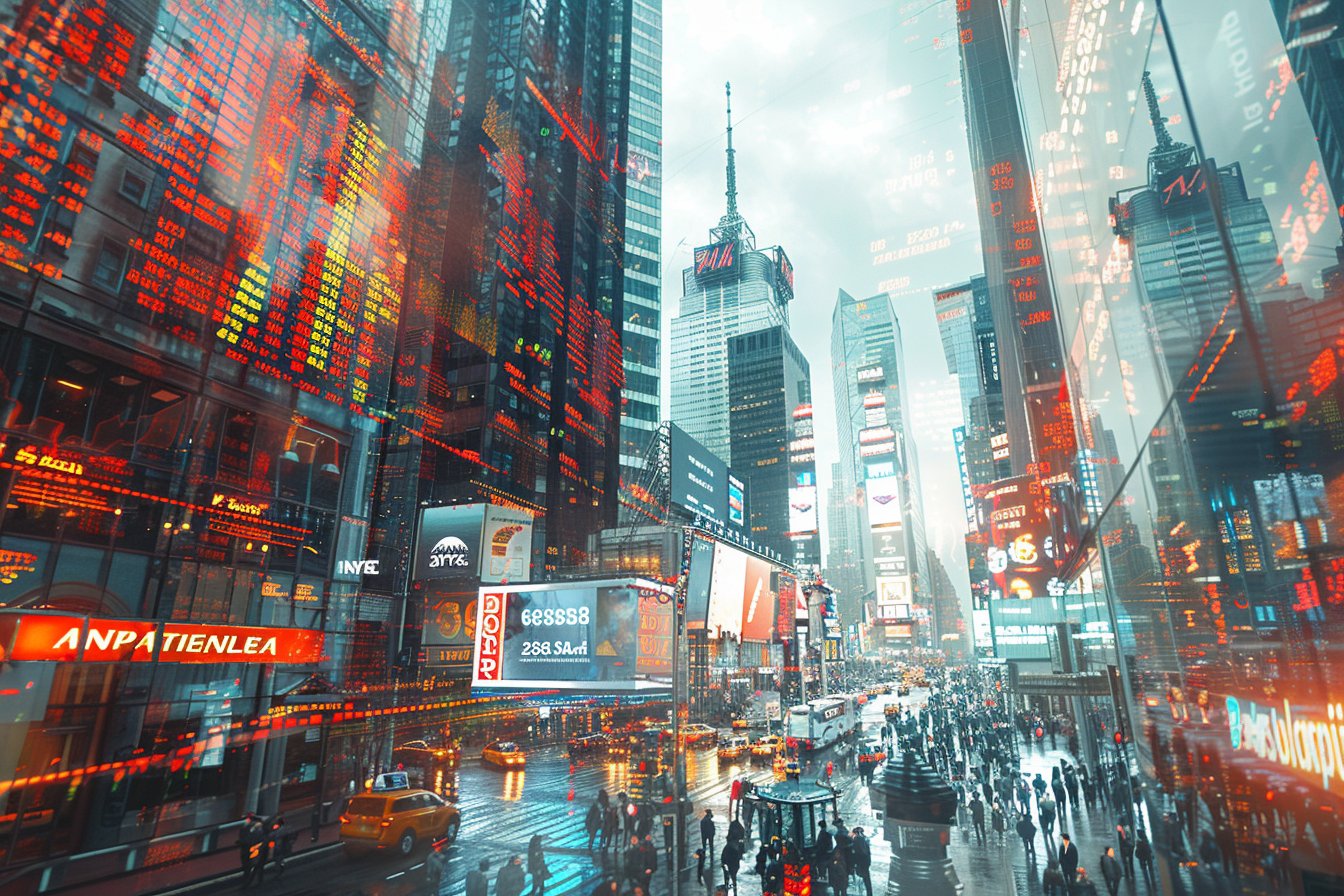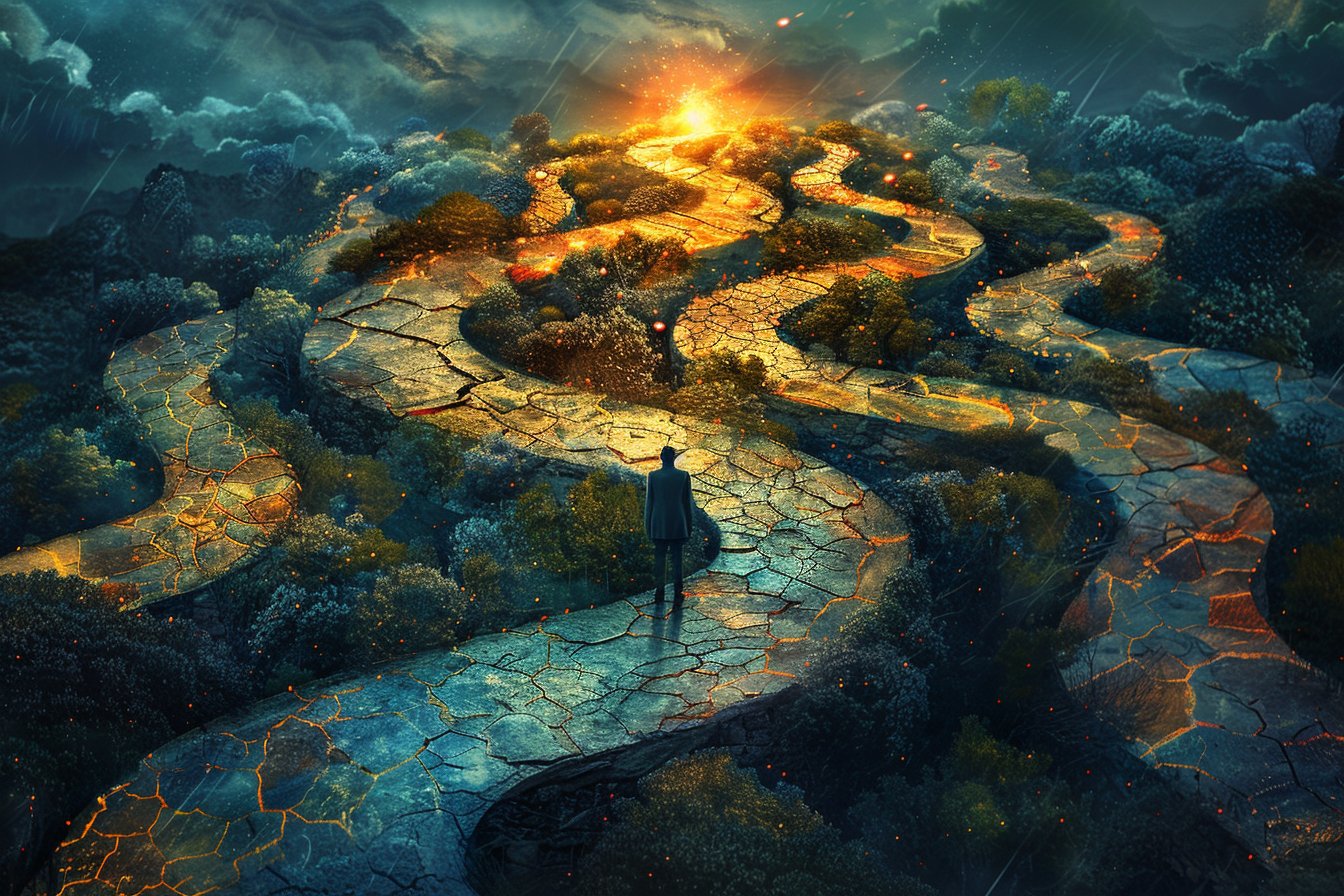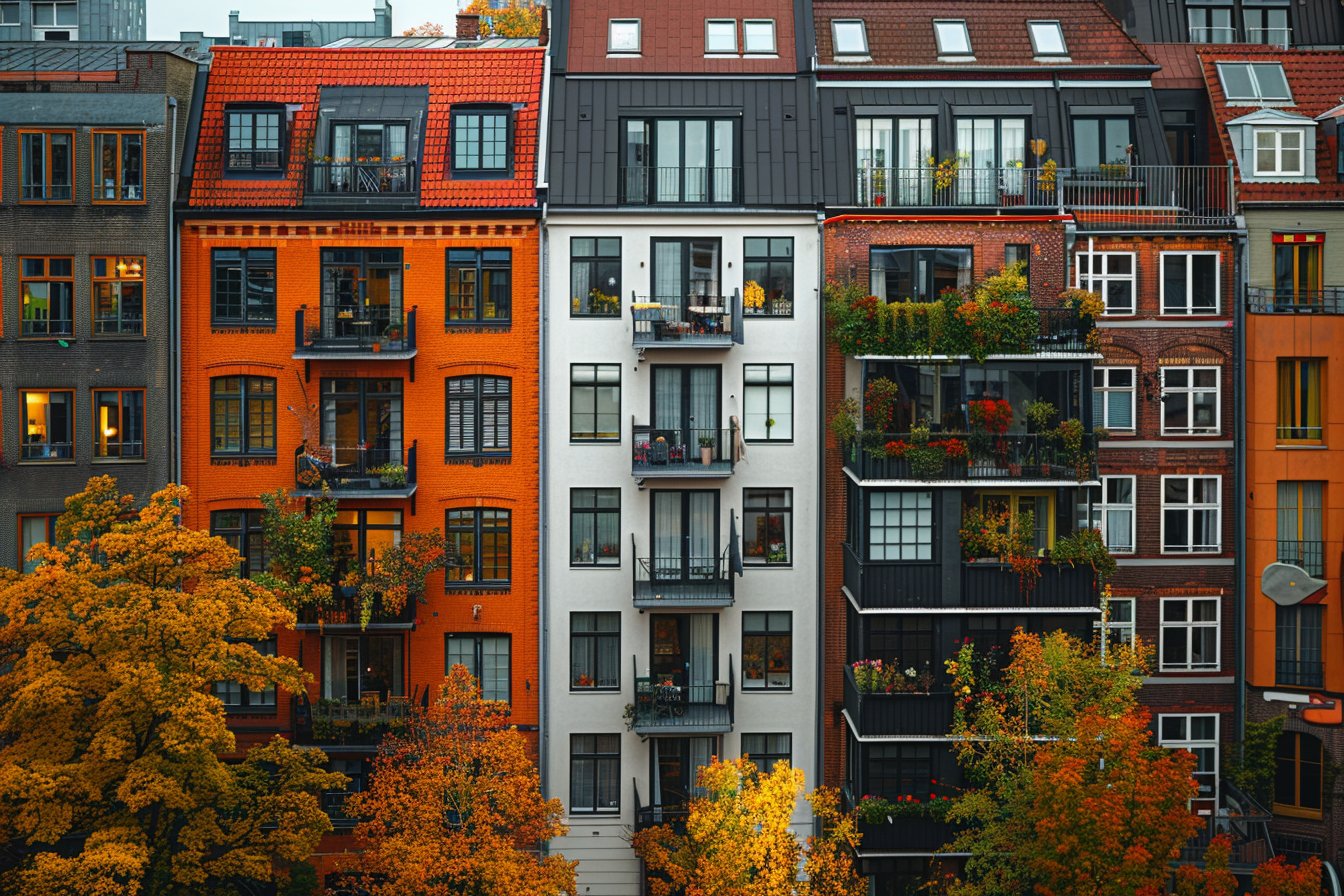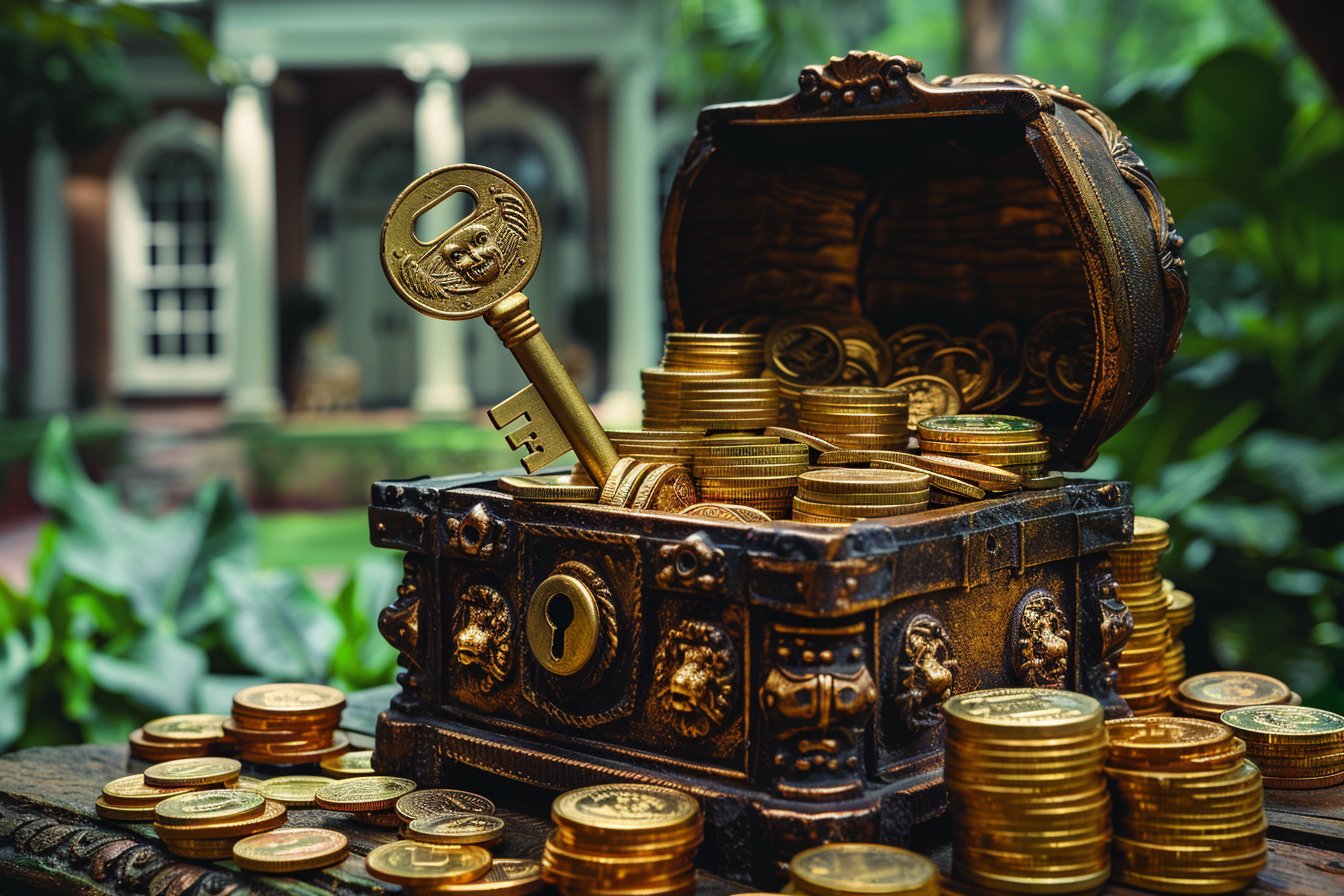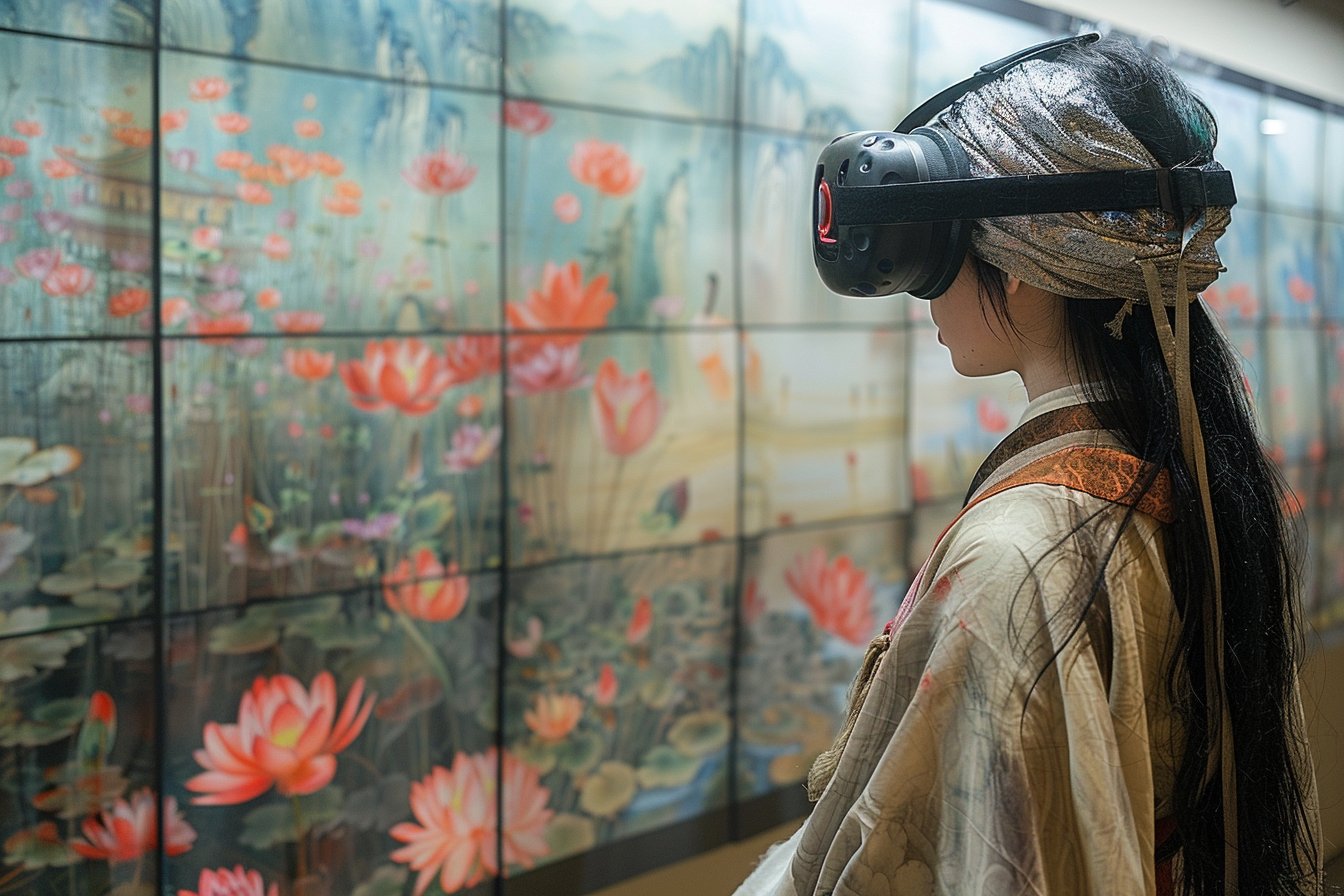In recent years, the art world has witnessed significant transformations driven by technology, societal changes, and a growing consciousness about sustainability. These influences are likely to gain more traction as we approach 2024. In this article, we will delve into various art trends that are expected to shape artistic expression in 2024, combining elements from portraiture to folk art, infused with cutting-edge digital innovations.
Revival of Portraiture: An Authentic Vision in a Digital World
Portraiture is set for a comeback in contemporary art. Celebrities, influencers, and everyday individuals are looking for unique ways to represent themselves both physically and in online spaces. Artists are expected to explore more diverse and challenging representations of identity while incorporating new mediums like virtual reality and augmented reality. The rise of AI-based technologies makes it easier than ever before to create hyperrealistic portraits, pushing artists to experiment with distinctive techniques and styles to express their subjects’ true essence.
Moving Beyond the Selfie Culture
While selfies continue to dominate social media platforms, many people have begun seeking a deeper understanding and appreciation of self through beautifully rendered, authentic portraits. This quest for genuine representation may lead to a boom in commissioned artworks and customized wall art, reclaiming the value of individuality in an age of digital ubiquity.
Folk Art Renaissance: Championing Cultural Heritage and Sustainable Values
As conversations around multiculturalism and climate change gain momentum, there is an increasing demand for artwork that engages with these topics. Folk art, known for its rich history, cultural significance, and sustainable practices, is poised to make a remarkable resurgence.
Preserving Cultural Traditions
Folk art has always been a form of resistance against cultural erasure, and the globalized digital era presents a greater need for preserving traditions. The growing appreciation for folk art reflects a desire to connect with unique heritage and identity. in the face of mass-produced, homogenized global trends. With younger generations seeking out authentic cultural experiences, artists may find increased opportunities to merge traditional folk art forms with technology-driven aesthetics.
Championing Sustainable Art-Making
Folk art often relies on sustainable materials sourced from local environments and does not contribute significantly to waste generation. This eco-friendly ethos appeals to contemporary artists and consumers who are more concerned about the long-term impacts of their choices. As such, artists worldwide reconnect with traditional art forms and techniques while rediscovering the power of natural pigments, organic fibers, and other sustainable resources in art-making.
Technology Takes Center Stage: NFTs and Virtual Reality Galore
Digital art has dominated recent discussions, mainly due to the increasing popularity of non-fungible tokens (NFTs) and immersive technologies like virtual reality (VR) and augmented reality (AR). Though met with skepticism by some critics, these innovations will undoubtedly influence the future of art.
Shifting Power Dynamics: NFTs Empowering Artists
NFTs have allowed numerous digital artists to profit from their work while attaining unprecedented popularity and widespread recognition. This trend could encourage established and up-and-coming artists alike to create works specifically designed for digital platforms, embracing aspects such as interactivity, algorithmic art and challenges to the limitations of physical spaces.
Immersive Experiences: VR and AR Changing Viewer Engagement
The ever-evolving world of VR and AR technology opens doors to exciting possibilities within art. Artists can use these tools to craft awe-inspiring digital spaces that envelop the viewer, taking them on a journey through virtual galleries or transcending the boundaries of traditional artistic mediums. As more people become familiar with immersive technologies, this trend will permeate all aspects of the art world – from installation and performance art to education, curation, and even e-commerce.
Embracing Sustainability: Green Initiatives in the Art World
The conversation around sustainable practices within the arts has been steadily growing and is likely to escalate as we move closer to 2024. Environmentally-friendly materials, eco-conscious exhibitions, and policies aimed at reducing carbon footprints are gaining traction across institutions and individual artists alike.
Rediscovering Nature’s Palette
Eco-conscious artists have started rekindling the millennia-old practice of using organic pigments derived from natural sources like plants, minerals, and clay. This exploration resonates with collectors and appreciators who appreciate the sustainability factor embedded in their art’s aesthetics.
Sustainable Exhibitions and Installations
Awareness of the environmental impact of large-scale exhibitions and installations pushes curators and artists to embrace greener approaches to display artwork. This shift means incorporating energy-efficient lighting, repurposed materials, and eliminating single-use plastics when building sets and installations. It also involves implementing measures such as pooling resources for transport and inventory tracking to minimize waste and reduce the carbon footprint.
- Revival of Portraiture
- Folk Art Renaissance
- Technology Takes Center Stage
- Embracing Sustainability
In summary, the art trends shaping 2024 will be characterized by interconnections between tradition and technology, authenticity and innovation. These trends engage with deeper aspects of identity, sustainability, and social responsibility, propelling the art world towards a brighter, more mindful future.

